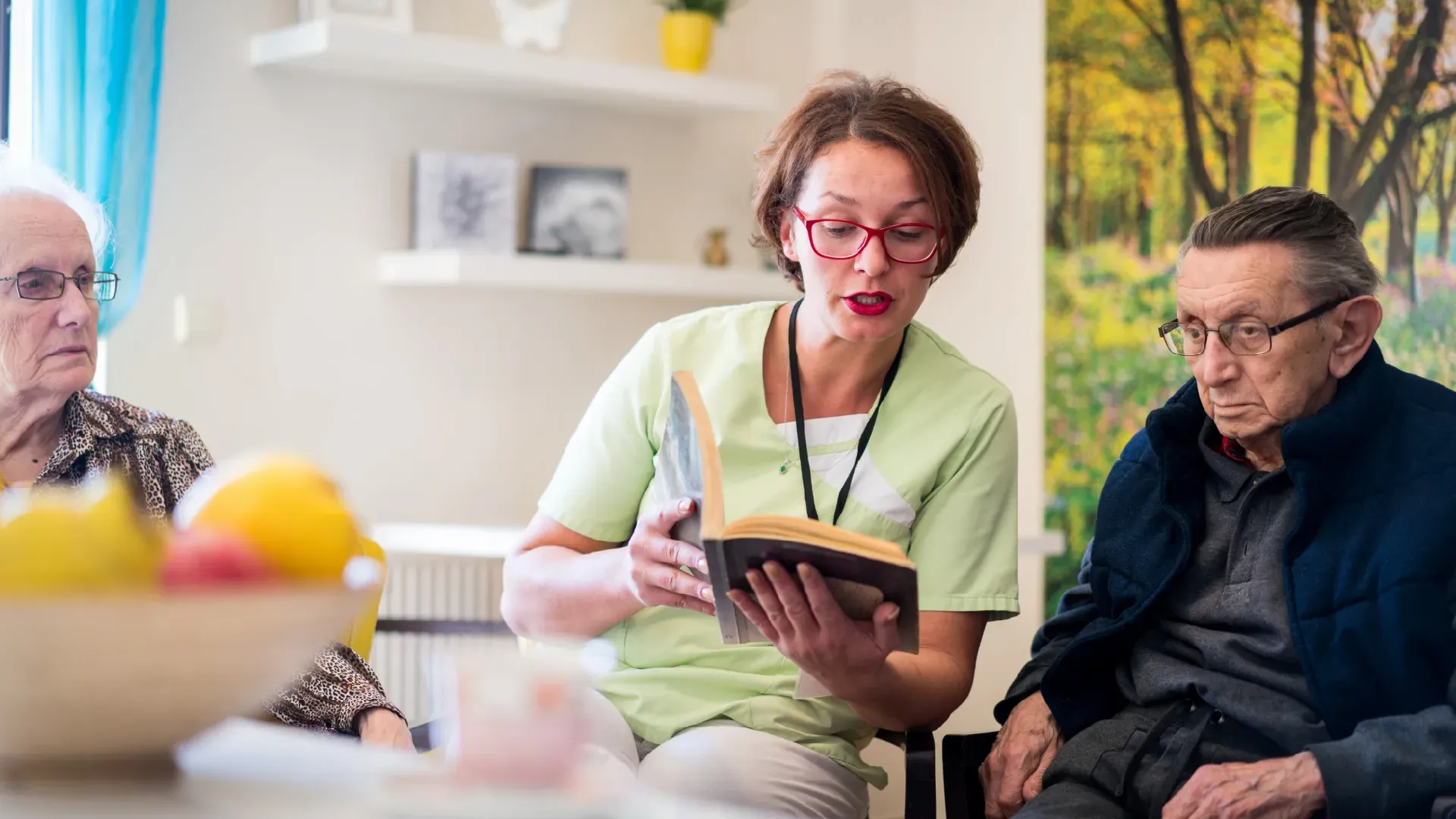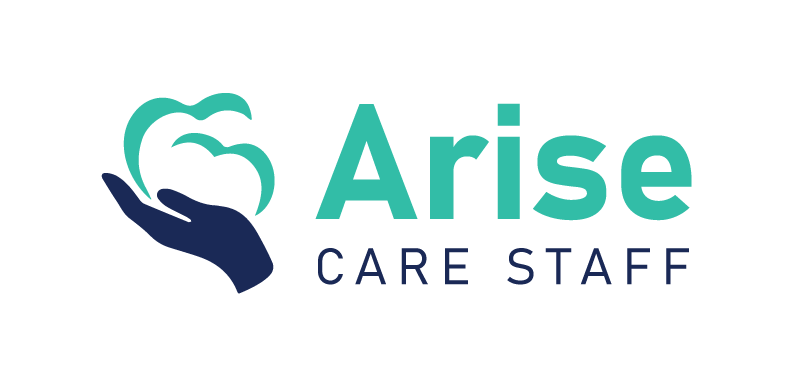Transparency and Trust: Building Strong Relationships in Aged Care
How Transparent Communication Transforms Aged Care: Building Stronger Relationships
In the landscape of aged care, the cornerstone of excellence lies not only in the clinical expertise or the comfort of facilities but significantly in the realms of transparent communication and collaboration in healthcare services. Our approach to elderly care services, particularly in settings like Melbourne where the demand for superior care is ever-increasing, hinges on the strength of the relationships we foster with our clients and their families. The criticality of transparent communication in aged care cannot be understated, as it directly impacts the trust and satisfaction levels of those we serve, influencing both outcomes and experiences in these settings.
As we navigate through the insights and strategies that underscore the importance of this approach, we will explore the instrumental role of transparency in building a robust foundation for trust within aged care facilities. Our discussion will extend to exemplary practices for open disclosure, shedding light on how these methodologies not only mitigate potential conflicts but also pave the way for more enriching, respectful, and cooperative dynamics. Furthermore, by examining case studies and forward-thinking strategies, we aim to underscore the transformative power of building relationships grounded in trust and transparent communication in aged care, setting a new standard for quality and compassion in elderly care services across Melbourne and beyond.
The Critical Role of Transparency in Aged Care
Understanding Transparency
Transparency in aged care involves being open about processes, standards, and performance. This openness assures families that high-quality care is being delivered. It's about clear communication and ensuring that care recipients and their families are well-informed and involved in the care process. This approach fosters a deeper trust, crucial in a sector where well-being is paramount.
Benefits of Transparency for Building Trust
- Fosters Recipient Trust and Loyalty: When care recipients and their families are kept in the loop, their trust in the care provider increases. This trust translates into loyalty, encouraging continued service usage and positive word-of-mouth.
- Improves Care Outcomes: Clear understanding of care plans and addressing concerns promptly lead to better care outcomes. This not only enhances satisfaction but also solidifies trust in the services provided.
- Strengthens Healthcare Recruitment: Transparency is vital for effective healthcare recruitment, establishing a foundation of trust and understanding between healthcare providers and professionals.
Challenges and Overcoming Them
Transparency presents challenges such as understanding safety and quality performance due to a lack of shared performance data. This can hinder the ability of services to benchmark performance and for consumers to make informed decisions. Overcoming these challenges involves:
- Investing in a Culture of Openness: Providers should prioritize developing a culture that values understanding and continuous improvement of quality and safety performance.
- Utilizing Technology: Platforms like CareBridge, which leverage AI to enhance communication and efficiency, show that technology can complement human interaction, especially in ensuring transparency.
- Engagement and Feedback: Creating environments where feedback is encouraged and acted upon fosters a culture of continuous improvement and understanding, crucial for overcoming transparency challenges.
In conclusion, embracing transparency in aged care is essential for building trust, improving care outcomes, and overcoming industry challenges. By understanding its importance, benefiting from its implementation, and addressing the challenges it presents, aged care providers can significantly enhance the quality of care and relationships with those they serve.
Strategies for Fostering Trust within Aged Care Facilities
Importance of Effective Communication
- Teamwork and Collaboration: Our commitment to fostering trust begins with enhancing teamwork and collaboration among all staff categories. Recognising that effective communication often appears challenging, we aim to break down barriers between different staff groups to operate more cohesively.
- Engaging with Families: We understand the importance of not just collecting, but acting on the information provided by families. To this end, we are dedicated to improving our communication channels, including providing family members with comprehensive facility contact lists.
Implementing Open Disclosure Practices
- Acknowledgement and Apology: At the core of our open disclosure practices is the commitment to honest and timely communication with consumers when things go wrong. This includes acknowledging the issue, providing a sincere apology, and explaining the steps taken to prevent future occurrences.
- Continuous Learning: Open disclosure is not a one-off practice but a cornerstone of our organisational culture. It underpins our commitment to continuous learning and service improvement, ensuring that we maintain a transparent and trust-building relationship with our consumers.
Role of Leadership and Culture in Promoting Trust
- Setting the Tone: Leadership plays a pivotal role in establishing and maintaining our organisational culture. We believe in 'tone from the top,' where the character and behaviour of our governing body members and executives influence the culture throughout the provider.
- Compassionate and Collective Leadership: Our leaders focus on relationships, listening, understanding, empathising with, and supporting the work of those they are responsible for. We practice collective leadership, sharing the responsibility to drive change and foster a culture of dignity, respect, and consumer-centred care.
- Living Our Values: It is crucial for us to not only understand our provider's purpose and values but to live and breathe them. This commitment starts from the governing body and permeates through every level of our organisation, ensuring that every action we take puts the consumer at the heart of our purpose.
Open Disclosure: Best Practices and Case Studies
What is open disclosure?
Open disclosure refers to the transparent conversations that occur between aged care providers and consumers when an incident occurs that has caused, or has the potential to cause, harm. This practice is pivotal in addressing immediate needs, offering support, and providing a sincere apology while detailing the measures taken to prevent future occurrences. It's a process that may also involve the consumer's family, carers, and other support individuals upon the consumer's request.
Examples of open disclosure in aged care
- Immediate Needs and Concerns: Addressing any immediate health concerns following an incident.
- Support and Apology: Offering support and a heartfelt apology to the affected individuals.
- Preventative Steps: Explaining the actions taken to avoid a repeat of the incident.
Learning from open disclosure case studies
A review of several case studies reveals the importance of open disclosure in fostering trust and transparency within aged care settings. For instance, a case involving the accidental administration of incorrect medication highlighted the value of acknowledging the mistake, apologising to the affected family, and taking immediate corrective actions. This not only helped in rectifying the issue but also strengthened the trust between the care facility and the family involved. Continuous improvement measures, such as additional staff training and the implementation of more stringent medication administration protocols, were introduced to prevent future errors. These actions underscore the commitment to transparency and the well-being of care recipients in aged care facilities.
Moving Forward: Building Relationships Based on Trust and Transparency
Continuous Improvement and Quality Care
- Person-Centred Focus: We are dedicated to a person-centred approach that maximises residents' abilities and independence. Continuous improvement in care quality is our central focus, involving residents and their networks in the improvement activities.
- Innovation and Accountability: Innovation is key in our journey towards excellence. We engage all stakeholders, including residents, their families, and staff, in a shared responsibility to innovate and improve.
- Monitoring and Evaluation: Regular monitoring and evaluation ensure our steps towards improvement are effective and sustainable, enhancing care and services for our residents.
Engaging with Families and the Wider Community
- Open Dialogue: Transparent communication and open dialogue are essential. We ensure that all voices are heard, and decisions are communicated clearly to residents and their families.
- Inclusive Engagement: Our engagement processes are inclusive, flexible, and responsive to the diverse needs of our community, fostering strong relationships based on trust.
- Innovative Engagement Methods: Utilising technology and social media, we engage with the community, ensuring our services are inclusive and respectful of everyone's needs.
The Future of Aged Care: Transparency, Trust, and Technology
- Adopting Technology: The future of aged care lies in leveraging technology to create safe, independent, and socially inclusive environments for our residents.
- Building Connected Communities: We are focused on designing spaces that encourage learning, rest, activity, and socialisation, supported by technology for safety and efficiency.
- Data and Digital Maturity: Optimising data collection and utilisation is crucial. Our commitment to data and digital maturity supports efficient facility management and enhances care quality.
By embracing continuous improvement, engaging with families and the community, and integrating technology, we are shaping a future where aged care is characterised by transparency, trust, and innovation.
Conclusion
Throughout our discussion, we have highlighted the paramount importance of transparent communication within aged care, showcasing its undeniable impact on building trust and fostering stronger relationships between care providers, recipients, and their families. By delving into exemplary practices, challenges, and strategies for enhancing transparency, we have laid out a comprehensive framework that not only mitigates conflicts but also elevates the standard of care. The journey towards integrating openness with the care process, as illustrated, underpins the evolution of aged care into a realm where trust, respect, and quality care prevail.
Moving forward, the embrace of continuous improvement, innovative engagement methods, and technological advancements stands as a testament to the aged care sector's commitment to transparency and trust. The strategies discussed underline a collective effort towards fostering an environment that is not just about care, but about creating meaningful connections, ensuring dignity, and enhancing the well-being of the elderly. By prioritising these values, we are not only addressing the immediate needs of our aged population but are also paving the way for a future where aged care facilities are bastions of trust, transparency, and unparalleled care.
Enjoyed this post?
Share it with your network!










